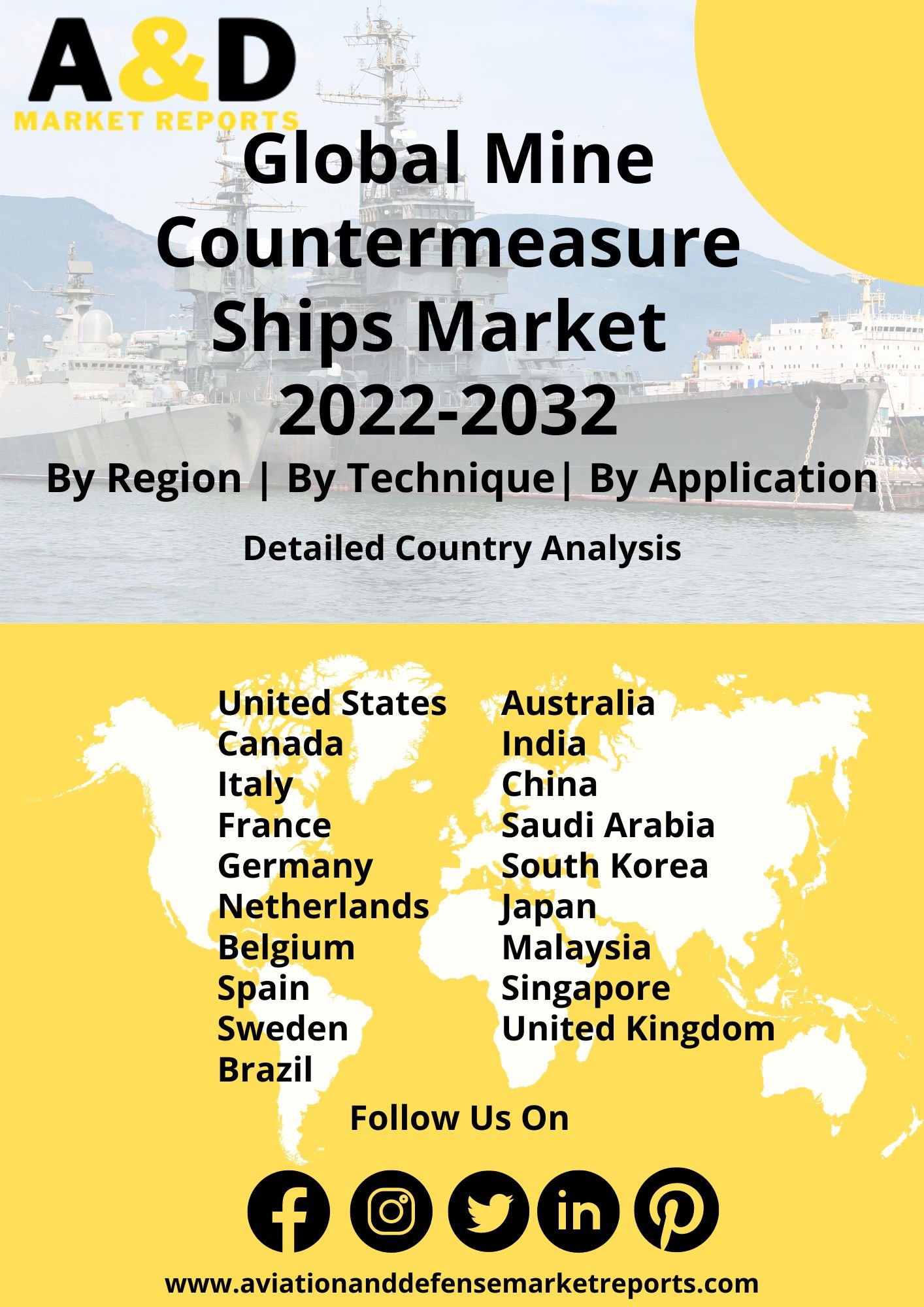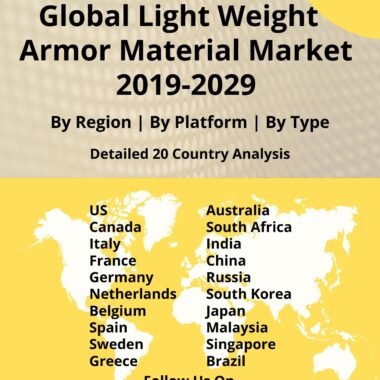Description
Mine Countermeasure Ships Market
Frequently Asked Questions of Mine Countermeasure Ships Market
Mine Countermeasure Ships market analysis, a mine countermeasures vessel, or MCMV, is a type of naval ship that combines the functions of a minesweeper and a minehunter in a single hull and is designed for the location and destruction of naval mines. Minesweepers and minehunters are both together referred to as MCMV.
While studying the history of mine countermeasure ships it is noted that the first of its kind was launched in the year the 1980s. The U.S. Navy started building a new mine countermeasures (MCM) force, which included two new ship classes and minesweeping helicopters, towards the beginning of the 1980s. The imperative need for a cutting-edge mine countermeasures force was amply demonstrated in the Persian Gulf during the eight-year Iran-Iraq War, as well as during Operations Desert Shield and Desert Storm in 1990 and 1991 when the Avenger (MCM 1) and Guardian (MCM 5) ships carried out MCM operations.
Mine Countermeasure Ships market size, the ships in the Avenger class are intended to be mine sweepers/hunter-killers that can locate, identify, and deactivate moored and subsurface mines. In 1990, the final three MCM ships were acquired, bringing the total number of oceangoing, fully deployable Avenger class ships to 14. These vessels are equipped with sonar, camera, cable cutters, and remote-controllable mine detonating equipment. They can also take standard sweeping actions. The ships are made of a wooden hull with a fiberglass sheath. They are the first substantial mine-countermeasures ships market report produced in the US in about 27 years.
Major factors driving Mine Countermeasure Ships Market Growth
On performing a regional competitive mapping it is noted that the APAC is one of the regions that actively make use of sea mines. Both state and non-state armed forces make use of these munitions. The increased insurgency within this region is stated to be one of the key factors that bolster the usage of landmines. Rising terrorist activities within this region is another factor that boosts the Mine Countermeasure Ships market growth. Additionally, countries in the Indo-Pacific are surrounded by waterbodies, hence their investment in Naval platforms is seen to be relatively high. The cross-border tensions between these nations are noted to be another factor that promotes the Mine Countermeasure Ships market growth.
Trends influencing the Mine-Countermeasure Ships Market Size
According to Mine Countermeasure Ships market trends, it is noted that wars have left waterbodies littered with mines. Installation of a mine can cost as little as USD 3, while clearing of the same is relatively expensive and is known to cost up to USD 1000. The Aframax crude oil transport tanker struck a sea mine in the recent past, causing a massive hole to blow through its hull. Countries including China, Iran, and Russia can all be considered potential mine threats. Other nations have started coming up with countermeasures to combat this existing threat.
Mine-Countermeasure Ships Market Forecast & Dynamics
As per Mine Countermeasure Ships market trends, it is noted that traditionally naval forces including the US and the UK have been investing in technologies like mine countermeasure ships. However, the market is shifting towards unmanned technologies which can be a potential threat to the mine countermeasure ships market size. The hazard of conducting high-risk operations is hereby reduced by making use of automated mine countermeasure technology. During the Mine Countermeasure Ships market forecast , it is noted that an increased number of robots are poised to be used to sweep waterbodies to detect mines.
Mine Countermeasure Ships Market Analysis for Recent Developments
Mine Countermeasure Ships market reports, the first company to deploy electro-optic mine identification was Northrop Grumman. It created the first mine warfare unmanned surface and undersea vessels, long-range synthetic aperture sonar, as well as mine warfare unmanned surface vessels. Mine Countermeasure Ships market reports, as part of the mine countermeasure mission package for the Littoral Combat Ship, the US Navy utilizes the AN/AQS-20 advanced sonar system developed by the company Raytheon. Four different sonars and computer algorithms are used by the compact, hydrodynamically stable towed body to identify and classify underwater explosives in real time.
The market is navigating the seas of technological innovation and strategic necessity, driven by the persistent threat of maritime mines. The market is witnessing significant growth as nations recognize the critical role of MCM ships in safeguarding maritime routes, ports, and naval assets from the potentially devastating impacts of sea mines. With increasing tensions in maritime regions, the demand for advanced MCM capabilities is on the rise.
Technological advancements in sonar systems, remotely operated vehicles (ROVs), and unmanned underwater vehicles (UUVs) are reshaping the landscape of mine countermeasures. These innovations enhance the efficiency and safety of MCM operations by enabling the detection and neutralization of mines in challenging underwater environments. Furthermore, there is a notable emphasis on modular and multi-role MCM ships capable of adapting to diverse threat scenarios.
Geopolitical considerations play a pivotal role in influencing the market dynamics, as nations seek to bolster their naval capabilities for both defensive and offensive mine countermeasure operations. The global Mine Countermeasure Ships market in 2023 reflects a commitment to mitigating the risks posed by sea mines through technological prowess and strategic investments, ensuring the safe passage of maritime traffic and the protection of naval assets in an increasingly contested maritime environment.







